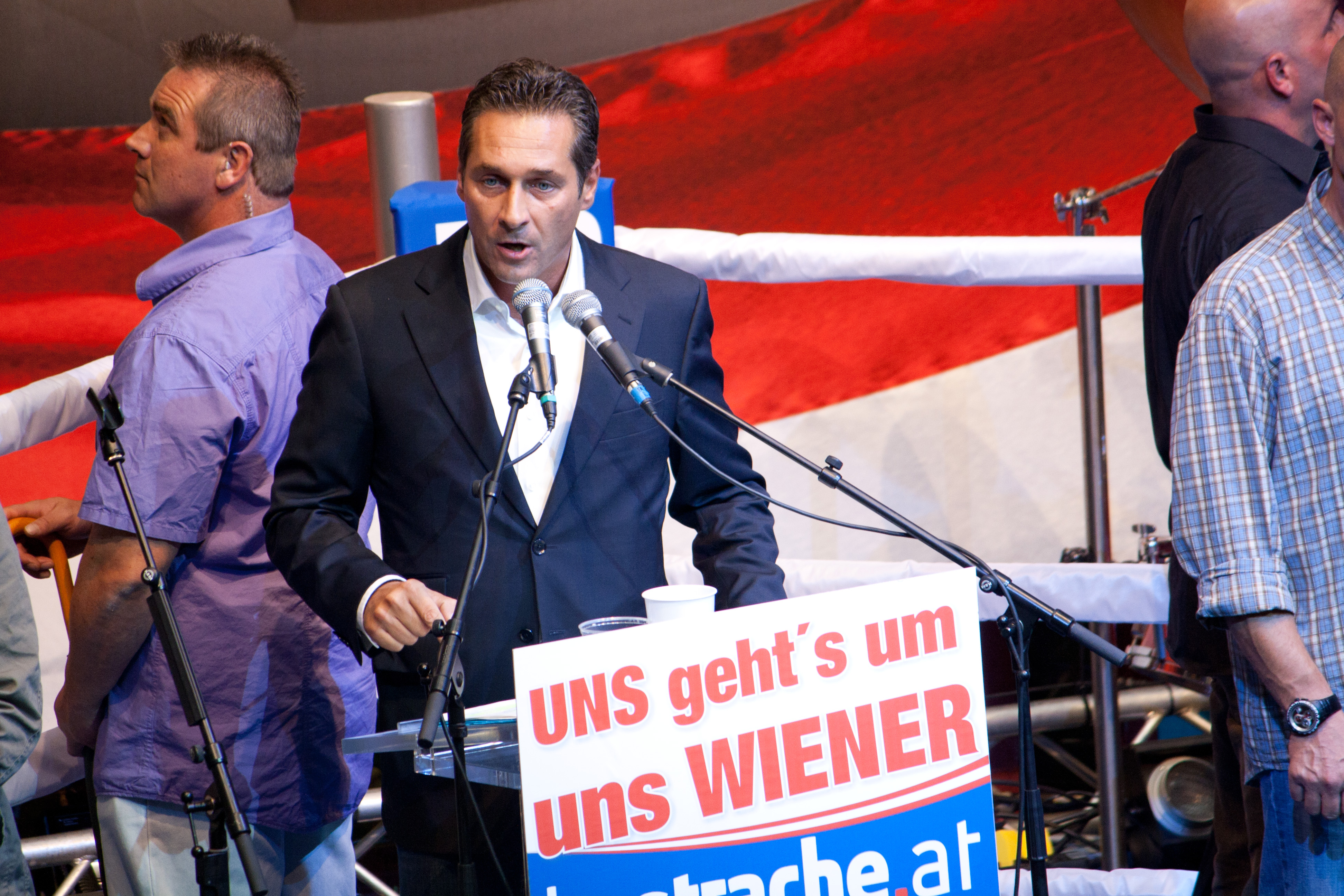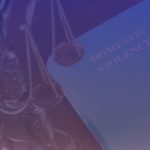
By Johannes Tropper, Austrian Ambassador to the EST.

On 1 July the Austrian Constitutional Court overturned the Austrian Presidential Election, which had taken place on 22 May 2016. Not only was this judgment unprecedented in Austrian history, but the whole Austrian Presidential Election was too. With 50.3 per cent of the votes the former chairman of ‘the Greens’ Alexander Van der Bellen was merely 31, 026[1] votes ahead of his contender Norbert Hofer. Hofer, third president of the Austrian National Council (‘Parliament’) and key decision-maker in the right-wing Austrian Freedom Party (FPÖ), finished first during the first round, but Van der Bellen managed to win more than twice as many votes than in his first round in the second ballot[2].
Regardless of who would have won, the election was bound to become a watershed moment in Austrian domestic politics as the candidates of the two traditional parties- the conservative People’s Party and the Social Democratic Party- had not managed to get into the second round and hence failed to gain the office of president for the first time in history. The traditional outsiders performed well, but the traditional favorites stood no chance. In the fallout the Chancellor (i.e. Prime Minister) from Social Democratic Party resigned, having the Social Democratic Party choose a new leader and a new Chancellor[3]. With the prospect of Norbert Hofer becoming president, there was a considerable concern that his presidency could affect Austria’s standing in the EU and the work of the government[4].
Despite the fact that the president plays a rather symbolic and representative role, his constitutional powers give him some control over the government through nominating the Chancellor, i.e. Prime Minister, and dismissing the entire government. The Austrian political entity is premised on a parliamentary democracy. However, the constitutional powers of the President resemble a system of presidential democracy. This peculiar combination has never impacted on the day-to-day politics of the Austrian government, but Mr. Hofer’s rhetoric during the election campaigned caused concern among those who preferred the hitherto neutral position of the President.
Left vs. Right
Traditionally, the president has not been a policy-maker and this election was not primarily about concrete policies, which a president could implement. Rather it was an election about values and two different set of ideas. National elections follow the rules of a proportional system. Hence, the electorate spreads out from parties of the left to parties of the right, which results in coalition governments because no party tends to achieve an absolute majority. The presidential election ultimately is the only race for a higher office based on a majority voting system. As the presidential candidates of the government parties – both essentially parties of the center – were eliminated in the first round, Austria experienced a face-off between candidates whose parties are further to the left and right, respectively. Naturally, the two contenders tried to paint the other candidate as one of the far-left or the far-right, a wolf in sheep’s clothing advocating a particular ideology detrimental to Austria. The main issues in the election campaigns were the European Union and Austria’s stance on migration and in particular the refugee crisis. On a more abstract level, two ideologies competed: one which was rather based on social-liberalism and an integrationist “United States of Europe” and one based on a more nationalist, anti-immigration “Europe of Fatherlands”. Without the candidates of the center, the electorate had to make a tough choice and flock behind someone, who might not have been their preferred candidate. For many not belonging to either camp, this involved opting for someone who they might have viewed as no-no under other circumstances. The election was a unique moment as traditional allegiance to the Conservatives and Social-Democrats, which had been eroding for quite some time, could not have much off an impact. Someone who might have voted for a Social Democratic candidate out of tradition, but held pronounced anti-migration views had no compelling reason to refrain from voting for the FPÖ candidate. The same was true for supporting Van der Bellen. The electorate had to make a choice and for a significant proportion of the population it was the deliberate choice of preventing the other candidate and the other ideology[5]. Hence this confrontation revealed for the first time whether the Austrians would rather have a leader from the liberal-left or the nationalist-right. Surprisingly the electorate split almost in half, with 50.3 per cent favouring Van der Bellen. In hindsight, it was nothing more than the largest opinion poll ever conducted, but a truly revealing one.
Does this mean that Austria is divided? Yes and no. Arguably, the Austrian electorate has had significant disagreements about the political path the country should take for months, if not years. Furthermore, there have always been significant cleavages: urban and rural, highly-educated and low-skilled.[6] The presidential election did not manifestly impact on that, but lay bare for the first time where the fault lines truly are since the election was naturally based on a first-past-the-post system. When in doubt, half of the population seems to favour the right and the other half the left. Such a division is nothing novel or unexpected. From1945 until the early 1990s Austria was virtually split in half between the left (Social Democrats) and the right (People’s Party). Their party ideologies were diametrically opposed, their values completely at odds. However, the the two parties tried to preserve a political consensus and share the power in public institutions. Considering the high levels of dissatisfaction with the coalition government’s policy direction and increasing support for the FPÖ in the opinion polls, it seems highly unlikely that the old political consensus can be maintained.
The Constitutional Court’s verdict
Following the election, the FPÖ challenged the Presidential Election before the Constitutional Court because it argued that irregularities had occurred, which could have influenced the outcome of the election results. Given the fact that the FPÖ’s candidate was solely a few thousands votes behind Van der Bellen, the FPÖ assumed that it was opportune to have a legal review of the election process.
The Constitutional Court has the competence to review elections not on its own motion, but only when a party challenges the election before the Court. According to the Austrian Constitution, the Court may annul election results “if the alleged illegality has been proven and was of influence on the result of the procedure” [7]. The settled case-law of the Constitutional Court regarding such matters has been rather rigorous. Contrary to a strict textual interpretation, the Court has always taken a more teleological approach. Hence, established case law argues that election results are to be overturned if an alleged illegality has been proven and this illegality could have been of influence on the election result. This practice should avoid any assumptions of manipulation and preserve the integrity of democratic election. A strict observance of the formal rules relating to an election is understood to be the only guarantee that democratic procedures are not undermined.
The FPÖ had claimed that the postal ballots in 94 out of 117 constituencies were opened earlier than permitted under the election rules, and were counted by people who were not authorized to do so.[8] The hearing of witnesses revealed that there has been a serious disregard of rules governing the vote count. The disrespect for such rules was attributed to the time constraints and appeared to be common practice among election authorities and party election observers. Irrespective of the widespread nature, the Court inter alia confirmed that the violation of such formal rules constituted illegalities, which there were significant enough to be of theoretical impact on the results. Even though there was no evidence of any manipulations, the confirmed irregularities had affected a total of 77,926 votes that could have gone to either Hofer or Van der Bellen.[9] Given the manifold legal precedents for overturning elections on the basis of such formal errors, the Constitutional Court annulled the election results and ordered that the run-off election had to be repeated in its entirety in all of Austria.[10] Never before had a presidential election been overturned in Austria or in Western Europe for the matter.
Nonetheless, the ruling by the Constitutional Court has proven that an independent judiciary can fully exercise its constitutional duties in a system of checks-and-balances. In the process of determining the question of legality or illegality of the procedures and the necessity to to repeat the election, the Court remained neutral, non-partisan and complied with its constitutional tasks. No political considerations played a role, nor should they have played a role. While several commentators in the Austrian media expressed their dissatisfaction with the strict adherence to the well-established jurisprudence on that matter, it is evident that there should be no doubts about the electoral procedures. As the President of the Constitutional Court pointed out ‘elections are the fundamental basis of our democracy’ and hence had to be ‘fully functional’, adding that ‘even in a stable democracy only the total adherence to electoral standards secures the citizens’ trust in our democracy.’[11] Should the Court have changed its settled case-law in this particularly important case or even worse, taken into account the political implications, the anti-establishment FPÖ would have yet again labelled the whole governmental system as corrupt and in alliance against the party.
Conclusion
The Austrian Presidential Election was in many ways unprecedented: never before had candidate of the mainstream parties not succeeded to enter the second round; never before had a presidential race in Austria been so close; and never before had the Constitutional Court overturned the election results of a Presidential Election in Austria. On the 2 October the run-off election will be held for a second time. Incidentally on the same day Hungary holds its referendum on an EU quota system for resettling migrants.
At this stage it is too early to credibly assess whether Van der Bellen or Hofer would win the Presidential Election- the key to success will be the ability to mobilize the voters who turned out to vote for the respective candidate in the second round. Whatever the outcome will be, the events surrounding this presidential election will remain unprecedented.
[2] http://wahl16.bmi.gv.at/1604-0.html
[3] https://euobserver.com/tickers/133420
[4] http://diepresse.com/home/politik/bpwahl/4994002/Interaktiv_Wer-waehlte-wen-wann-und-wie-oft
[5] http://diepresse.com/home/politik/bpwahl/4994002/Interaktiv_Wer-waehlte-wen-wann-und-wie-oft
[6] http://www.politico.eu/article/5-takeaways-from-austrias-presidential-election-van-der-bellen-hofer-far-right-greens/
[7] Article 141 Federal Constitutional Law (B-VG)
http://www.ris.bka.gv.at/Dokumente/Erv/ERV_1930_1/ERV_1930_1.html
[8] http://www.theatlantic.com/news/archive/2016/07/austria-election/489722/
[9] https://www.theguardian.com/world/2016/jul/01/austrian-presidential-election-result-overturned-and-must-be-held-again-hofer-van-der-bellen
[10] https://www.vfgh.gv.at/cms/vfgh-site/attachments/9/6/5/CH0003/CMS1467363707042/press_release_07-01-16.pdf
[11] https://www.theguardian.com/world/2016/jul/01/austrian-presidential-election-result-overturned-and-must-be-held-again-hofer-van-der-bellen

 Domestic abuse in England & Wales: a historical legal gap bridged by Section 76 of the Serious Crime Act 2015?
Domestic abuse in England & Wales: a historical legal gap bridged by Section 76 of the Serious Crime Act 2015?  Looking back at Burden and Burden v. the UK: Are siblings being legally overlooked?
Looking back at Burden and Burden v. the UK: Are siblings being legally overlooked?  The European Housing Crisis from the Human Rights Perspective
The European Housing Crisis from the Human Rights Perspective  Female Suicide Bombers As A Security Threat: Towards A More Comprehensive And Inclusive Approach
Female Suicide Bombers As A Security Threat: Towards A More Comprehensive And Inclusive Approach 


